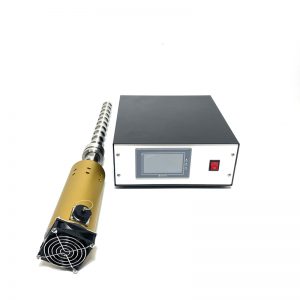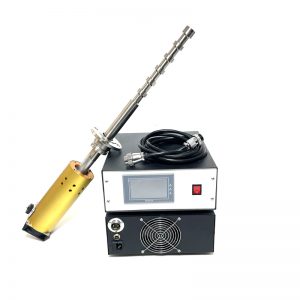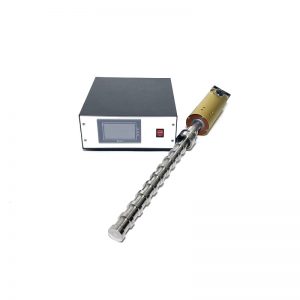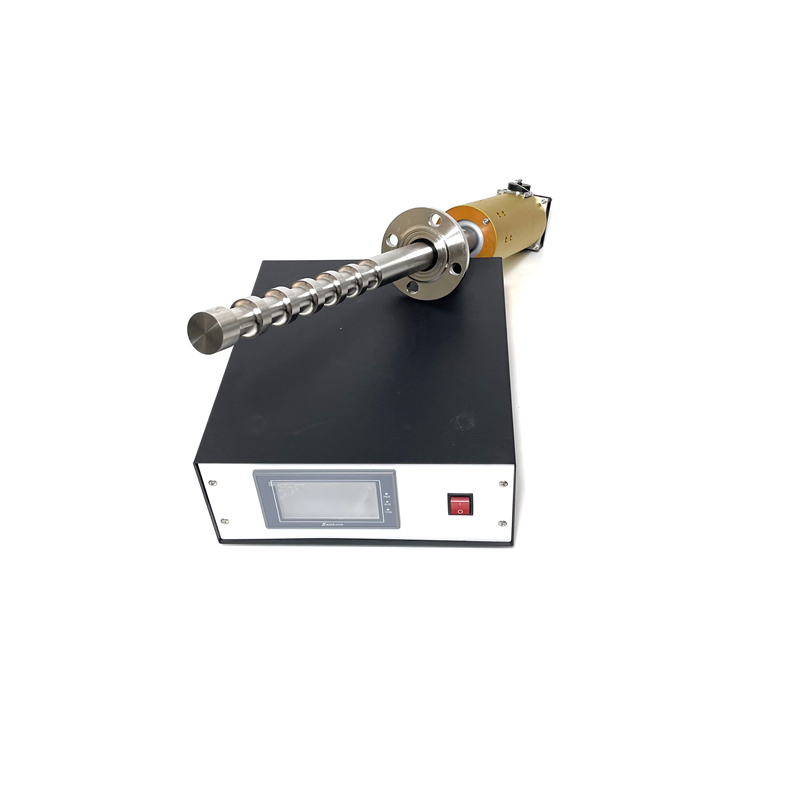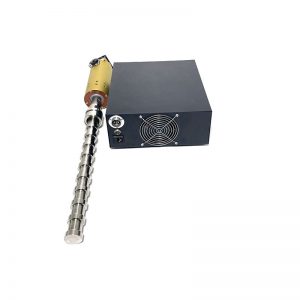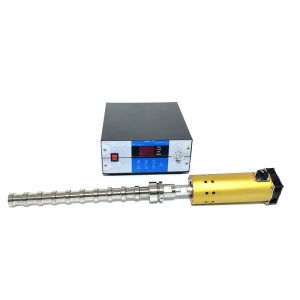 Ultrasonic oil-water emulsification refers to the process of uniformly mixing oil and water immiscible liquids under the action of ultrasonic kinetic energy to form a dispersed system, in which oil is evenly distributed in water to form an emulsion. To prepare oil in water lotion, the limit sound intensity of ultrasonic oil-water emulsion is much lower than that of oil in water lotion. The type of acoustic field used in ultrasonic oil-water emulsification affects the emulsification process by applying a certain traveling wave.
Ultrasonic oil-water emulsification refers to the process of uniformly mixing oil and water immiscible liquids under the action of ultrasonic kinetic energy to form a dispersed system, in which oil is evenly distributed in water to form an emulsion. To prepare oil in water lotion, the limit sound intensity of ultrasonic oil-water emulsion is much lower than that of oil in water lotion. The type of acoustic field used in ultrasonic oil-water emulsification affects the emulsification process by applying a certain traveling wave.
Ultrasonic waves in oil and water mainly utilize their cavitation effect, which generates four additional effects during oil sand cleaning: turbulence effect, perturbation effect, energy gathering effect, and interface effect. These four effects can reduce the thickness of oil sands and accelerate the liquid-solid mass transfer process of the entire oil sands cleaning system; On the other hand, due to the strong turbulence of the cleaning solution caused by ultrasound, many vortices are generated, increasing the stirring effect. As a result, the oil on the surface of the oil sands is impacted by sound pressure and liquid micro jets, causing internal collapse and rapid detachment, emulsification, and thorough separation of oil and sand.
|
Tubular Equipment
Ituaiga
|
Tubular Transducer
Ituaiga
|
Frequency
(KHz)
|
Ultrasound
Output(W)
|
Total Length
(mm)
|
Diameter
(mm)
|
Static Capacity
(pF±10%)
|
|
PU-UE1
|
US-61
|
15-28
|
1000
|
500
|
Φ50-55
|
68000
|
|
PU-UE5
|
US-25
|
15-28
|
1500
|
850
|
Φ50-55
|
68000
|
|
PU-UE6
|
US-16
|
15-28
|
2000
|
1100
|
Φ50-55
|
132000
|
 Ultrasonic Transducer,Ultrasonic Generator,Ultrasonic Cleaner - SKSONIC
Ultrasonic Transducer,Ultrasonic Generator,Ultrasonic Cleaner - SKSONIC
